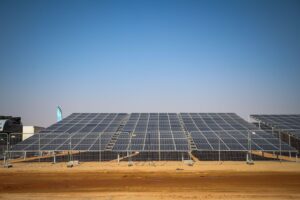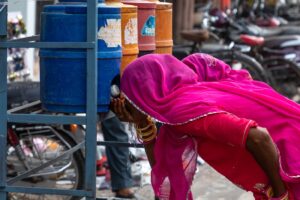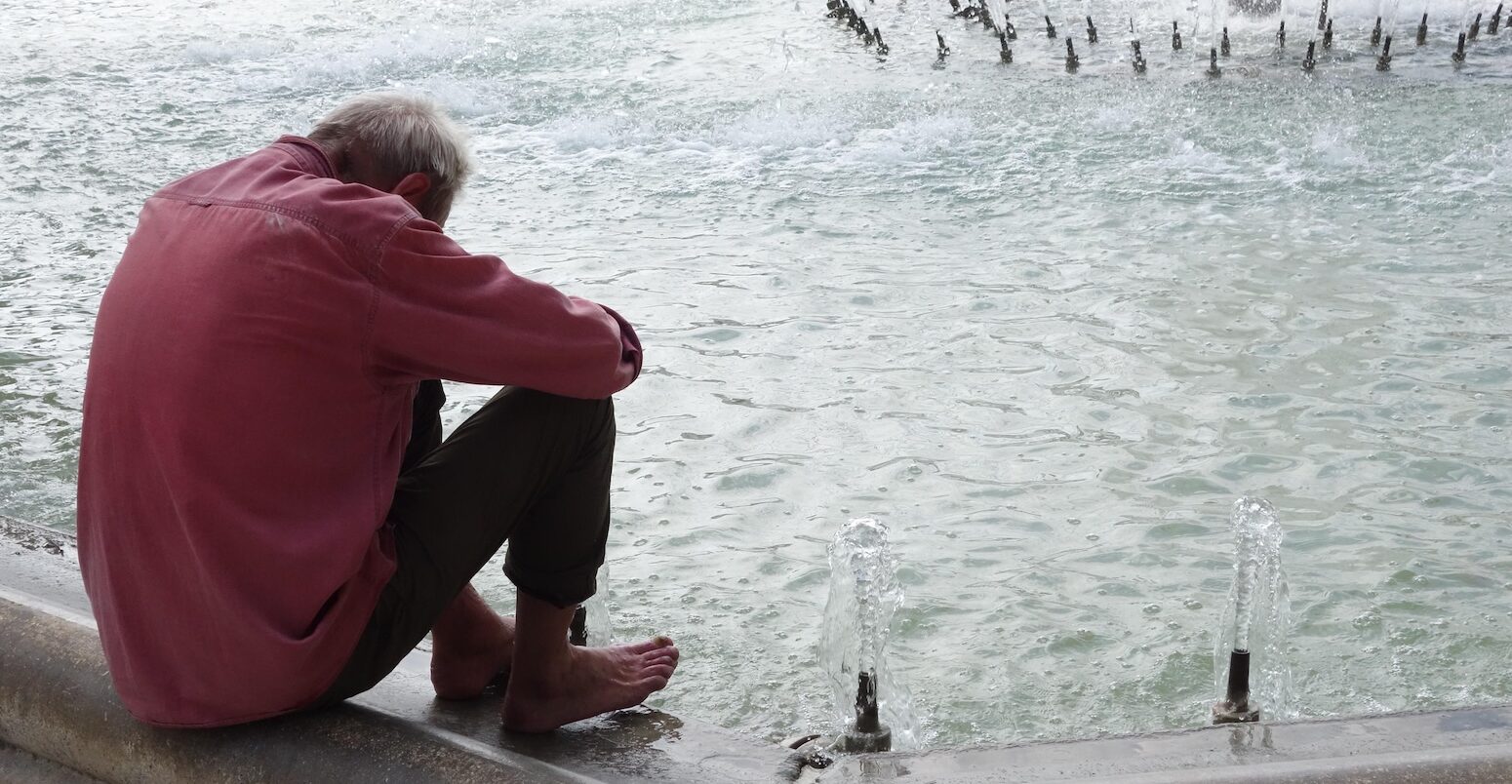
Guest post: Heat stress thresholds are not designed for vulnerable groups
Multiple Authors
10.07.24Multiple Authors
07.10.2024 | 4:39pmAs global temperatures rise, vast swathes of the global population are experiencing heat extremes that they have never faced before.
In some parts of the world, exposure to extreme heat is breaching survival limits for even the healthiest people. Heat-related deaths have increased rapidly in recent decades.
But the risks of extreme heat are even more acute for certain groups of people. Those most vulnerable include newborns, infants and children, those with preexisting medical conditions, including certain disabilities, the over 65s and workers who work outside or in a high heat indoor setting.
Despite these risks, our new research – published in the International Journal of Biometeorology – shows that vulnerable groups are being overlooked in studies of heat stress.
For early warning systems to be effective during heat extremes, it is crucial that appropriate thresholds are established for those most at risk.
Heat stress metrics
Heat stress is the build-up of body heat generated either internally by muscle use or externally by the environment. Research shows that the risks and impacts of heat stress are rising as the global climate warms.
Certain groups are typically more vulnerable to heat stress either because they are more exposed to heat – such as outdoor workers – or they have a physical limit in their ability to thermoregulate – that is, cool their body down – such as the elderly and young children.
A key metric to quantify heat stress is “wet-bulb globe temperature”. It has a long history as an international standard – originally developed by the US navy in the 1950s to indicate safe heat levels for military training.
Wet-bulb globe temperature has three components:
- Wet-bulb temperature, a measure of temperature that takes humidity and wind into account.
- Globe temperature, a measure of heat stress from direct sunlight.
- Air temperature.
Together, these components indicate a likelihood of an individual experiencing heat stress when specific thresholds are met.
Vulnerable groups overlooked
In our paper, we assess 931 peer-reviewed studies that use wet-bulb globe temperature to investigate heat stress thresholds for different population groups.
We find that the body of literature on wet-bulb globe temperature has grown substantially since the first study was published in December 1957.
The charts below show how those studies are divided by decade and sex (left) and by age group (right).
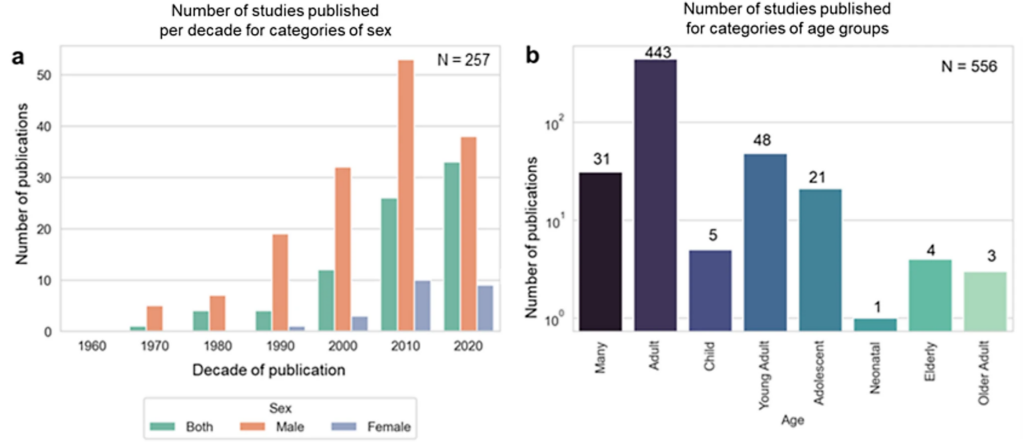
Of those 931 papers, 257 explored the differences due to sex and the majority focused on males (154).
This highlights a sex-related bias; however, this can somewhat be explained by the split in occupations where, traditionally, males end up in jobs that have clearer links to extreme heat exposure.
Only three of the 257 papers studied pregnant women and only one assessed other aspects of female health.
This is despite pregnant and postpartum women being a particularly vulnerable group. Experts in medicine, human thermal physiology and climate science have found a strong connection between extreme heat exposure and a range of negative birth outcomes, including preterm birth, low birth weight, cognitive deficits and even stillbirth.
Where the effects of age were considered (in 556 papers), most studies were conducted on adults (443) of 25-55 years of age and younger adults of 18-25 (48).
Very few studies focused on children, with five considering children of between one and five years old, just one focused on newborns up to 28 days old, and no studies of babies between one month and one year old.
For older adults, only three studies considered those 55-65 years old and four of those 65 and above. No studies placed an exclusive focus on elderly and/or older females, although women have a longer life expectancy than men.
Appropriate thresholds
In order to build a successful early warning system for extreme heat, it is necessary to identify appropriate thresholds for when people are at risk. Timely warnings can then help protect vulnerable groups by giving them time to take action.
In 2022, several UN agencies launched an “early warnings for all” initiative. This included a target to ensure that everyone in the world is protected by early warning systems for four types of extreme weather event – including heatwaves – by 2027.
However, there are many barriers to making sure that such a system is effective and properly supported by other policy measures.
One is that the wet-bulb globe temperature threshold proposed by the international standard organisation (specifically, ISO 7243:2017) only allows for different thresholds based on acclimatisation – that is, how much a person is used to their environment.
It takes a healthy individual around two weeks to acclimatise to a new thermal environment and those who are athletic often have a higher heat tolerance. (Although limits do exist, in a similar way to low oxygen at high altitudes.)
As we have described above, there has been a lot of research into appropriate thresholds for different groups of people. However, much of this understanding comes from studies on athletics.
In addition, as we have shown above, vulnerable groups are chronically underrepresented across these studies.
This is illustrated by the charts below, which show the heat thresholds estimated by the studies we have reviewed according to sex (top-left), age (top-right), clothing (bottom-left) and acclimatisation (bottom-right). Each dot represents a heat threshold estimate and the boxes and whiskers indicate the range across all the results.
The charts highlight how more research into thresholds is needed for vulnerable groups, particularly children, the elderly and older adults. For example, research in Europe has shown that elderly women are more likely to die during a heatwave.
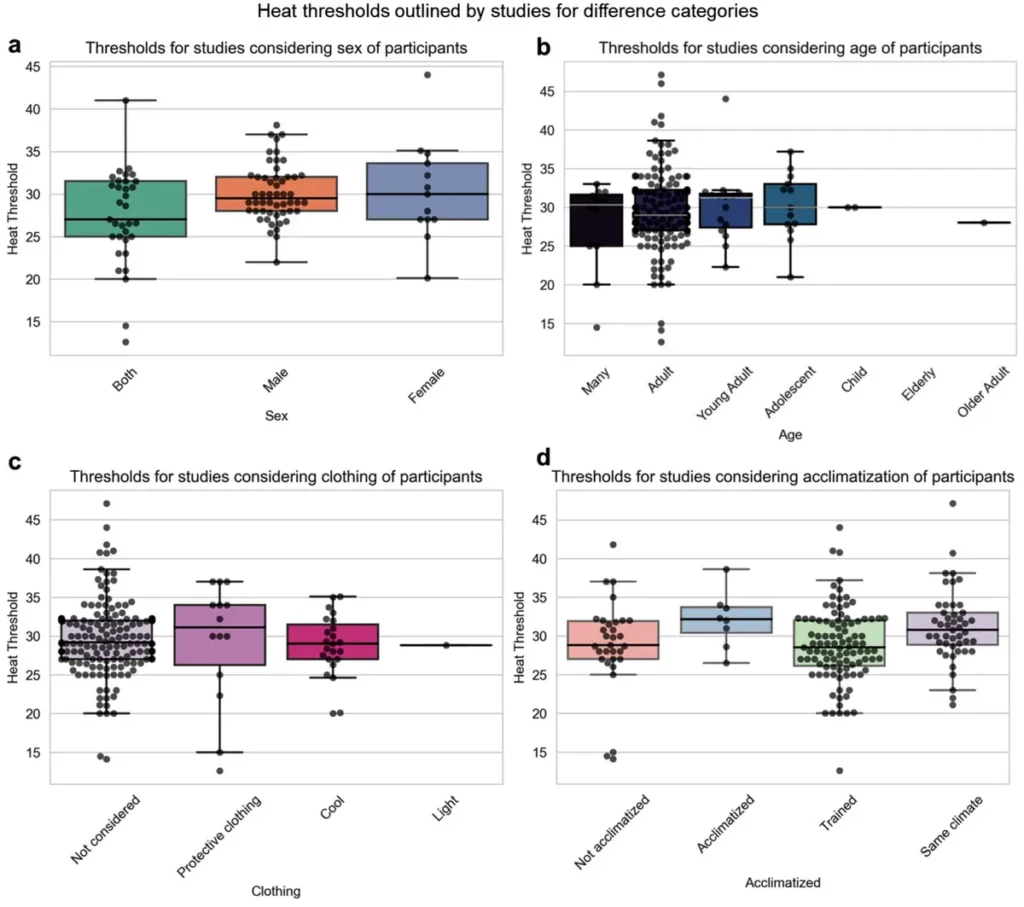
When assessing the reception and response to extreme heat warnings, the perceived threat of danger is the strongest factor in why people do or do not heed them. This means it is even more important to fully understand which groups are most at risk.
By tailoring early warning systems to individuals needs and requirements, effective warnings can promote societal resilience by protecting the most exposed and vulnerable. And targeted heat thresholds are fundamental to this.
Brimicombe, C. et al. (2024) Vulnerable to heat stress: gaps in international standard metric thresholds, International Journal of Biometeorology, doi:10.1007/s00484-024-02783-6
-
Guest post: Heat stress thresholds are not designed for vulnerable groups



